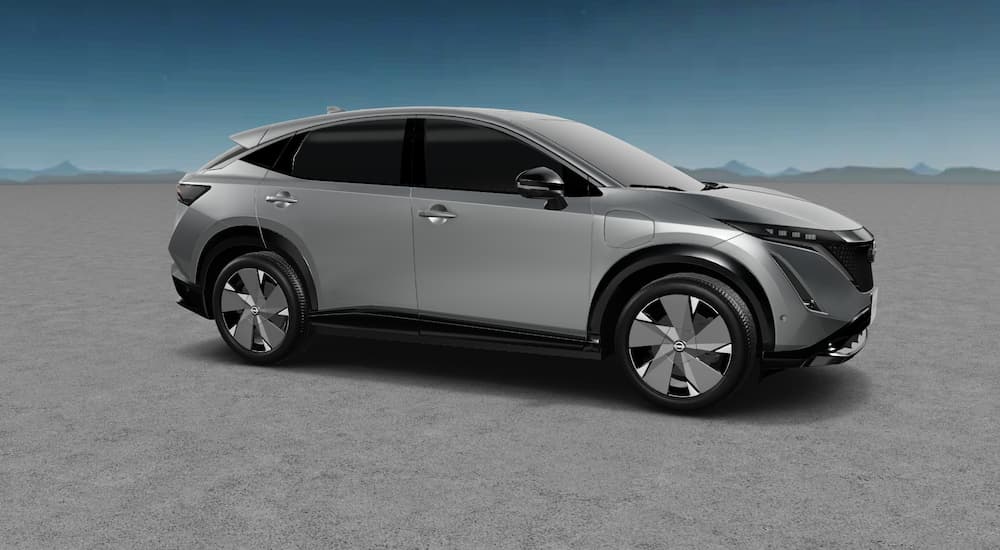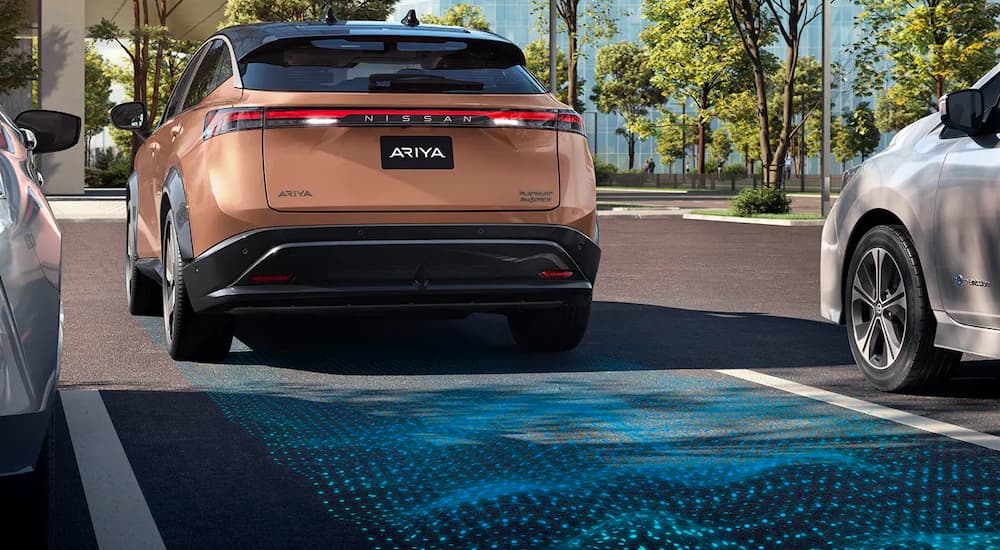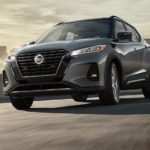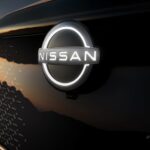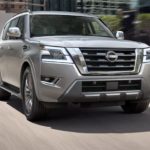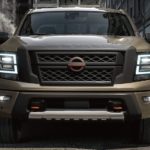Nissan has long been a key player in the SUV segment, manufacturing a range of models that offer comfort, capability, off-roading prowess, and even high-end luxury, as evidenced by the current lineup of Nissan SUVs. These are known for their modern, premium exterior design and upscale cabin environments, and thus they remain popular across most size classes. Still, as the automotive industry continues to evolve and customer interests change, Nissan is focused on the future, especially when it comes to sustainability and next-gen technology.
As concerns over climate change continue to grow, Nissan is committed to making its SUVs eco-friendlier. The Japanese automaker intends to make new electric and hybrid models, as well as implement sustainable manufacturing processes. By prioritizing sustainability, Nissan hopes to appeal to a new generation of environmentally conscious drivers looking to minimize their carbon footprint. The effort includes revamping models like the large Armada SUV to offer the same family-friendly features without the associated gas-guzzling tendencies.
Beyond sustainability, Nissan is also investing heavily in advanced safety features and cutting-edge infotainment technology for its SUVs. From collision warning systems and automatic emergency braking to connected services accessed through massive dash-mounted touchscreens, these features are designed to help keep drivers and passengers entertained and out of harm’s way. From the redesigned Pathfinder to the futuristic Ariya EV, here’s what lies ahead for Nissan’s evolving roster of SUVs.
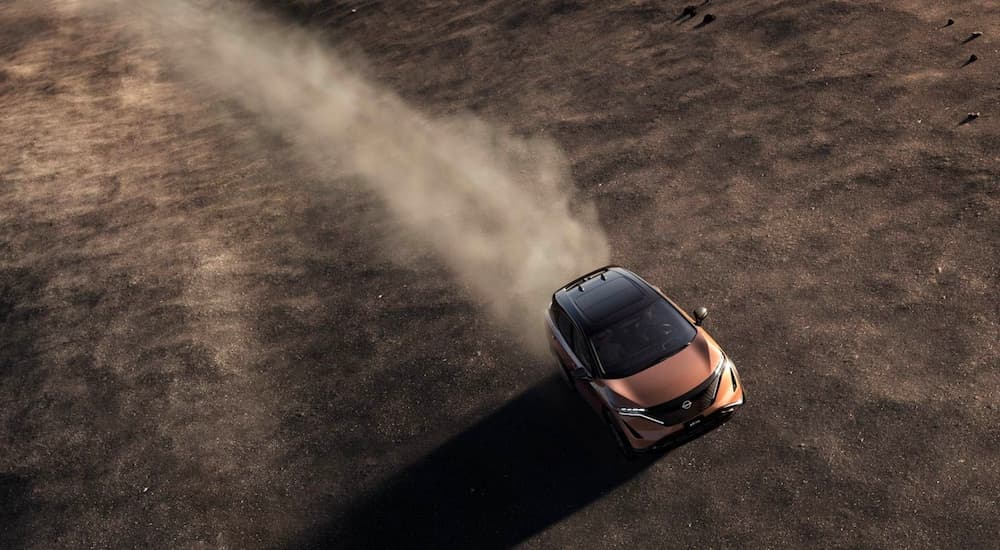
Electric Dreams: The Race to a Sustainable SUV Lineup
As the auto industry increasingly embraces electrification, whether by choice or to answer for increasingly stringent federal emissions standards, Nissan sits at the forefront, offering some of the best-selling electric and hybrid vehicles on the market under the banner of its Nissan NEXT transformation plan. The popular Nissan Leaf arrived first, ultimately becoming one of the most popular all-electric cars of its time. Next, the e-NV200, a fully electric commercial van, made its debut overseas in 2014 with a zero-emission power plant. More recently, Nissan has put the focus on electrifying its SUV lineup.
One way that Nissan seeks to achieve its sustainability goals is via the company’s e-POWER system, a hybrid fuel technology that combines a gasoline engine with an electric motor. Found on models like the Nissan Kicks, the e-POWER system is designed to provide drivers with the benefits of an electric vehicle, such as instant torque and a smooth, quiet ride, while also eliminating range anxiety by utilizing a small gasoline engine as a backup power source. By offering the best of both worlds, Nissan’s e-POWER technology was a game-changer for drivers who were hesitant to fully commit to an all-electric vehicle.
Nissan is also committed to adopting more sustainable manufacturing processes. The global automaker has set a goal of reducing greenhouse gas emissions from its manufacturing plants by 50% by 2050, and it has already made significant progress toward this goal. In addition, Nissan is exploring new ways to recycle and reuse materials, reducing waste and minimizing its impact on the environment. By taking a comprehensive approach to sustainability, Nissan is positioning itself as a leader in the race toward a zero-emissions future.
All About the Ariya
With the launch of its newest EV, the Ariya crossover, Nissan leaves little doubt that an all-electric SUV lineup is imminent. Not only does the Ariya crush range anxiety with its max driving range of 304 miles on a single charge, but it does so without sacrificing performance. According to Nissan, the Ariya—when properly equipped—achieves a zero-to-sixty time of 4.8 seconds via the embedded e4FORCE all-wheel drive dual-motor powertrain. Meanwhile, more sedate drivers will appreciate the Ariya’s regenerative braking technology for a little help with maintaining charge levels.
Designed with aerodynamics in mind, the Ariya is notably different from Nissan’s legacy SUVs, with more curvature and fewer sharp angles. It sits lower and spans a wider footprint, which contributes to a more sporty overall vibe. Side-by-side with the Rogue, these differences are stark; on its own, however, the Ariya still embodies the overall look of a Nissan. In the Ariya’s inaugural year, buyers could choose from nine trims; each offers a distinct list of features and benefits, but all embrace the Tesla-inspired minimalist cabin theme typical of most EVs.
Nissan’s focus on safety is evident within and around the Ariya. A slew of advanced driver-assist technology comes standard or is available, including adaptive cruise control with a hands-free driving capability. Within the Nissan ProPILOT suite are automatic emergency braking with pedestrian detection, lane-departure, lane change assist systems, and robust connected services that facilitate conveniences like remote start and vehicle location capabilities. For potential buyers concerned about longevity, Nissan also offers an eight-year/100,000-mile battery warranty.
Innovative Technology and Ambition 2030: Here’s What’s Coming
Not only is Nissan committed to electrifying its SUV lineup, but the company is also working toward a zero-fatalities future. Through the evolution of autonomous vehicle technology, the automaker hopes to contribute to a future of connected highways, driverless cars, and zero emissions. The company launched its strategy, dubbed Ambition 2030, in late 2021, committing to make electrification “the core of the company’s long-term strategy.” Nissan has committed two trillion yen to the effort, which includes launching 27 new EVs, 19 of which should hit dealers by 2030. Since there is no electrification without batteries, Nissan is also expanding its All-Solid-State Battery (ASSB) technology, striving for battery power that’s cleaner, lighter weight, and longer lasting.
Nissan dives deep into sustainability across the entire supply chain, focusing on opportunities for reuse and recycling as a method for more efficient manufacturing. As a global company, Nissan understands the need for partnerships and has forged alliances with government agencies like NASA in the co-development of sustainable materials and processes. Interestingly, Nissan refers to its electrification and sustainability-focused future as an ecosystem; at its core, our ecosystem depends on EVs as a baseline for achieving carbon neutrality.
Nissan displayed a handful of concept EVs in late 2021—among them, a pickup truck called the Surf-Out; the Max-Out, a two-door, two-seater convertible; and a tiny SUV with Nissan Kicks-like architecture called the Hang-Out. Common across all three concepts is a minimalist design with modern exterior light arrays, but that’s where the similarities end. Clearly, Nissan hopes to capture sports car fans with the sleek, lightweight Max-Out, while the diminutive Hang-Out begs for Gen Z’s attention. The pickup appeared compact in size and seemed more aligned with pickup-as-a-lifestyle (think surfboard hanging out of the bed) than with true off-roading.
The Future Is Now for Nissan Buyers
Nissan’s zero-emissions plan encompasses the near future but also has longer-range ambitions. In the short term, the automaker redesigned its popular Rogue and Pathfinder SUVs in 2021 and 2022, respectively. Though the Pathfinder shows only marginal improvements in fuel economy, the efficient Rogue improves on its fuel-sipping manners with a three-cylinder engine that provides 30 MPG in the city and 37 MPG on the highway. Rumor has it that the large Armada family SUV is slated for a redesign in 2024.
For large families or those committed to the “land yacht” category, the segment’s continued metamorphosis to more efficient models comes with some hand-wringing. Fortunately, Nissan appears committed to continuing the production of its popular three-row Armada, albeit without the gas-guzzling V8. The redesigned 2024 version will likely retire the 5.6L V8 for a more efficient turbocharged V6; this should be of no surprise, however, since the theme at Nissan revolves around sustainability and low- to no-emission vehicles.
